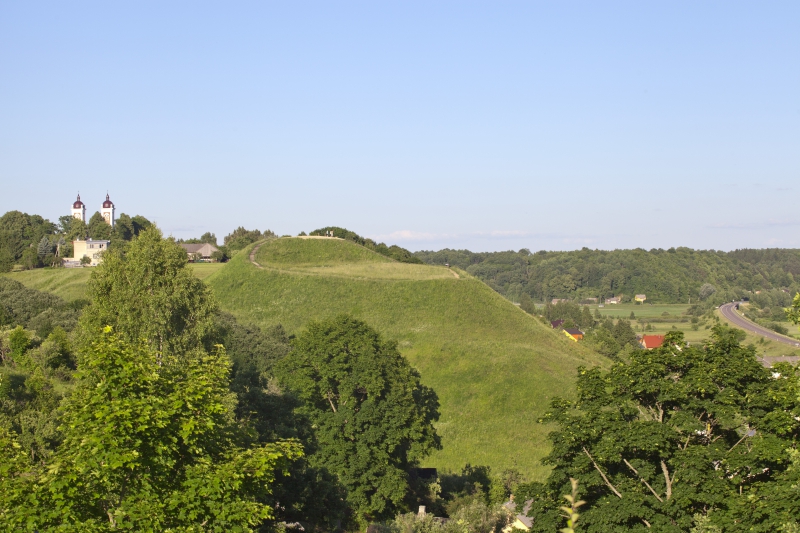Palemonas Hill

58

1

0
0 out of 5
(0 reviews)
Palemonas Hill, also known as Seredžius Hillfort, began to be referred to by this name in the early 19th century. According to legend, it is the burial site of Palemonas, the ruler of Samogitia and Lithuania. The legend narrates that Prince Palemonas, fleeing from persecution by the Roman Empire, reached our land by sailing the Baltic Sea with his family. Later, having traveled up the Nemunas River to the present-day location of Seredžius, the prince built a castle and settled there.
Palemonas Hill, also known as Seredžius Hillfort, began to be referred to by this name in the early 19th century. According to legend, it is the burial site of Palemonas, the ruler of Samogitia and Lithuania. The legend narrates that Prince Palemonas, fleeing from persecution by the Roman Empire, reached our land by sailing the Baltic Sea with his family. Later, having traveled up the Nemunas River to the present-day location of Seredžius, the prince built a castle and settled there.
From 1293 to 1363, Pieštvė
Castle stood on Palemonas Hill. The Teutonic Knights attacked it in 1293, 1298, and 1318, each time burning the settlements around the castle, as well as in 1319, 1322, 1345, and 1357. In 1363, Pieštvė Castle was captured and burned after negotiations, with its garrison withdrawing. The castle was rebuilt after the Battle of Grunwald, as mentioned in historical sources from 1412-1413.
Palemonas Hill, where the castle once stood, is believed to have been considered a sacred site for ancient rituals.
Found a mistake?
Report

 Entertainment
Entertainment
 Sightseeing
Sightseeing
 Food establishments
Food establishments





























 55.080275, 23.406636
55.080275, 23.406636
 Get directions
Get directions









